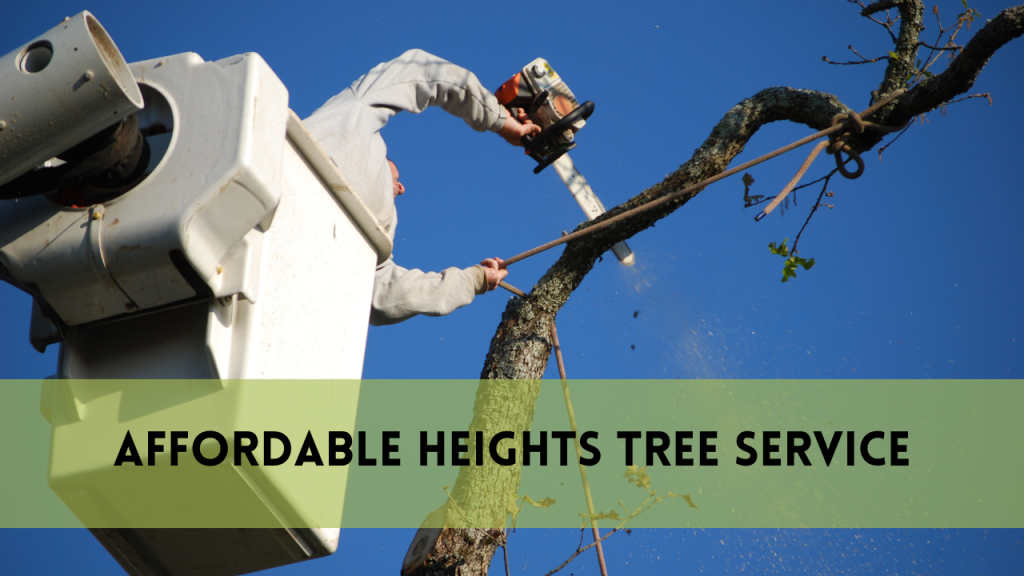Tree Planting Services
Begin your path toward environmental sustainability by knowing the critical role that tree planting services play in developing a greener ecosystem. Planting trees is a cornerstone of a better earth. In today’s society, when environmental issues are prominent, tree planting services serve as a light of hope. These services go well beyond landscaping; they contribute to a more sustainable and environmentally balanced future. They are the foundation of environmental conservation, fighting climate change, cleansing the air, and nourishing the soil.
Defining the Importance of Tree Planting Services
Tree planting services are critical in protecting the environment and promoting sustainability. They function as a preventative approach in tackling numerous environmental issues. These services, in addition to beautifying landscapes, are an important instrument in combatting climate change by sequestering carbon dioxide and minimizing its negative impacts.
The value of tree planting services goes beyond improving air quality by filtering pollutants and giving oxygen. Furthermore, they contribute to soil conservation by preventing erosion and enhancing soil health. These services also greatly contribute to biodiversity by providing habitat for diverse wildlife species. Tree planting services have a long-term influence on local ecosystems and communities by promoting a greener, more sustainable environment. They exemplify environmental care, ensuring a better world for present and future generations.
Benefits of Tree Planting
Environmental Impact
Tree planting initiatives hold immense environmental significance. Trees act as natural air purifiers, absorbing carbon dioxide and releasing oxygen, thereby combating climate change.
Enhancement of Aesthetics
Trees provide aesthetic appeal in addition to environmental significance. They enhance environments by bringing vitality and visual appeal to both urban and rural areas.
Biodiversity and Habitat Creation
Tree planting enhances biodiversity by providing habitat for diverse bird, insect, and animal species. Trees provide shelter, nesting locations, and food supplies for a variety of species, contributing to the biological balance of ecosystems.
Soil conservation and erosion prevention
Tree roots assist to retain soil in place, avoiding erosion and soil deterioration. They absorb excess water, lowering the risk of floods, and their roots improve soil structure, encouraging fertility and minimizing sediment flow into bodies of water.
Tree planting services
Required Skills
Tree planting services that are successful require a combination of experience and talents. Professionals in this sector have a thorough grasp of tree biology, including species features, growth patterns, and environmental requirements. They display skill in site evaluation, assuring optimum planting places while taking into account soil types, drainage, and sun exposure. Furthermore, these specialists have the necessary pruning and care abilities for tree health.
Successful Planting Tools
Appropriate tools and equipment are essential for successful tree planting. To ease planting and upkeep, professionals use numerous instruments including as shovels, spades, pruning shears, and augers. To achieve ideal planting conditions, irrigation systems and soil testing equipment are used. Proper equipment combined with experience promotes good tree planting and long-term growth. Professional tree planting services rely on expertise and well-maintained equipment to ensure correct maintenance and long-term development of planted trees.
Choose trees that are suitable for planting
Choosing the proper trees for planting is a careful procedure that takes into account a variety of elements that contribute to their successful development and sustainability. Understanding the local climate and soil conditions is critical first and foremost. This understanding helps the selection of tree species that will thrive in certain situations.
It is also critical to evaluate the available space and sunshine exposure in the planting location. Trees’ tolerance for sunshine, shade, and space requirements vary, requiring careful attention for optimal development. Native species are frequently well-adapted to local environments, which promotes their resilience and capacity to survive with little intervention.
Furthermore, considering the long-term environmental effect of selected trees, such as their ability to attract animals or contribute to soil health, assists in making educated judgments. By thoroughly considering these characteristics, one may ensure that trees are chosen that not only enhance the surroundings but also contribute favorably to the ecology.
Maintenance Requirements
The care requirements of different tree species differ. Some trees, such as select evergreens or hardy native types, require little trimming or care. Deciduous trees or ornamental species, on the other hand, may require frequent trimming to preserve their form and general health. Understanding these maintenance requirements is critical for post-planting care, ensuring that the chosen trees survive and stay visually appealing.
Growth Prospects
The growth potential of chosen trees must be carefully considered. Trees range in size from tiny and delicate to towering and expansive. Compact trees are suitable for tiny settings, however huge species may require more space to grow freely. Anticipating their future growth aids in space allocation and limiting any consequences on surrounding structures or other plants.
Environmental Implications
The importance of assessing the overall environmental impact of selected trees cannot be overstated. Some species may be invasive, damaging local ecosystems by competing with native plants or modifying habitats. Prioritizing native or non-invasive species promotes good environmental benefits without risking local ecological equilibrium.
Long-Term Advantages
Taking into account the long-term advantages of chosen trees improves the entire ecosystem. Trees offer shade, attract wildlife, and can even provide fruit, all of which contribute to biodiversity and ecological health. Their foliage provides cover and breeding areas for birds and other species, enhancing the environment’s ecological importance.
When selecting trees for planting, it is helpful to evaluate species features, growth potential, care requirements, environmental effect, and long-term advantages. A thorough selection procedure ensures that planted trees flourish and sustainably, providing a better environment for both local landscapes and larger ecosystems.
Related Posts:
Conclusion
Finally, tree planting services are more than just a landscape project; they are an investment in environmental sustainability. Choosing the correct trees, comprehending care requirements, assessing environmental implications, and anticipating long-term benefits are critical to the success of tree planting efforts. Tree planting services create a lasting legacy for a greener, healthier planet by encouraging biodiversity, improving air quality, and beautifying landscapes.



